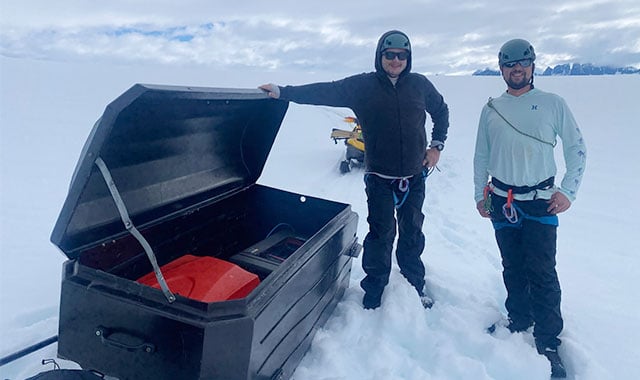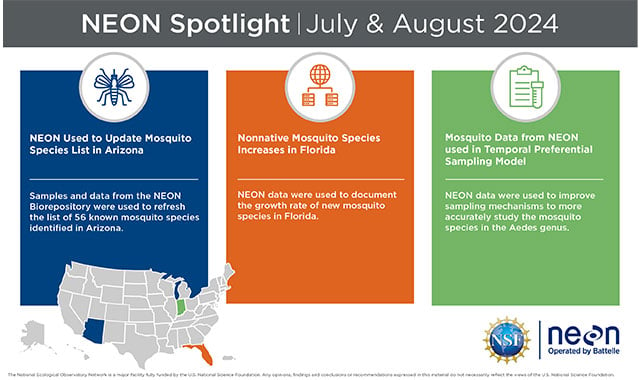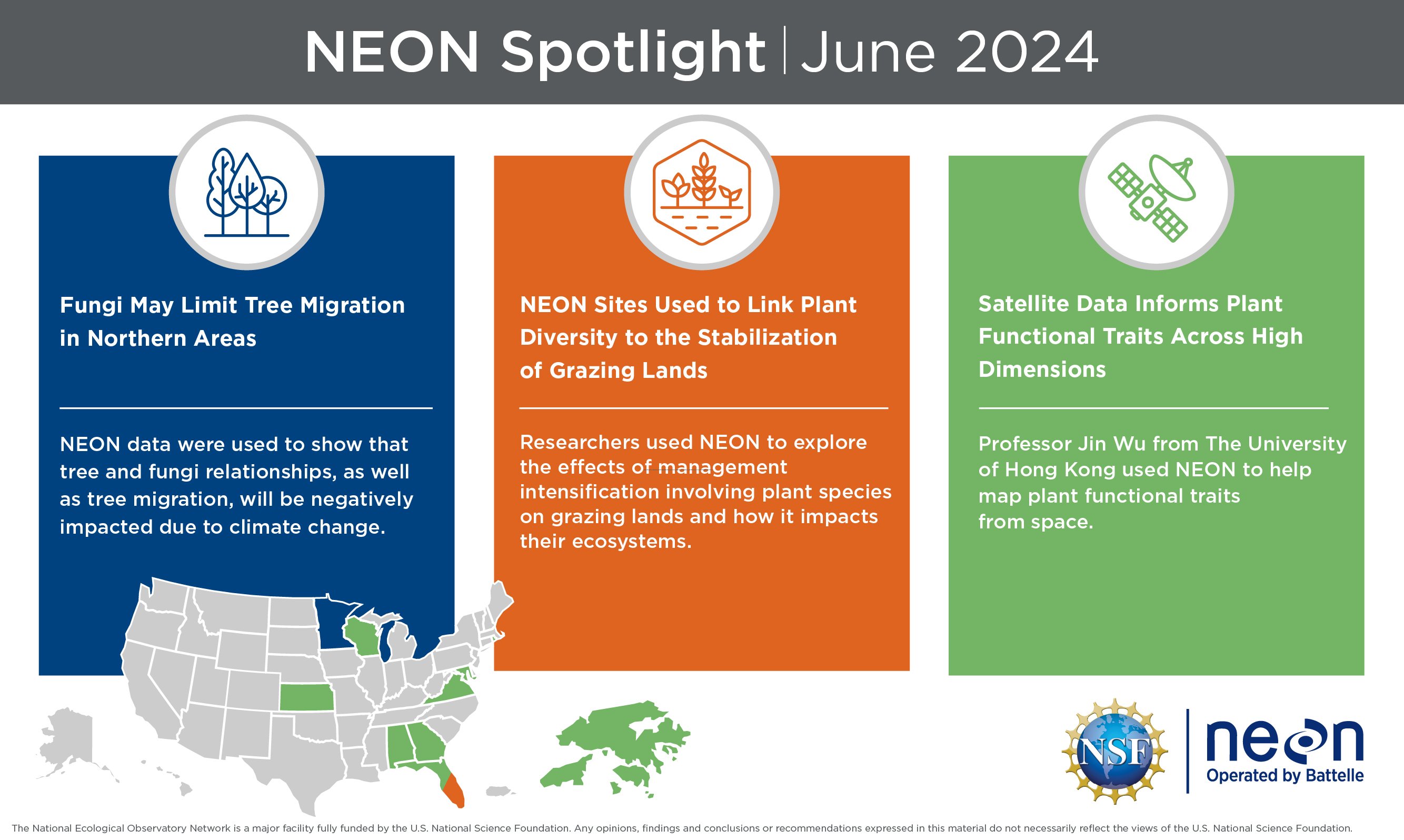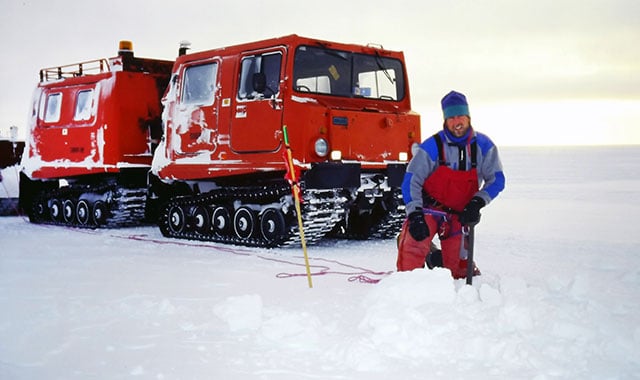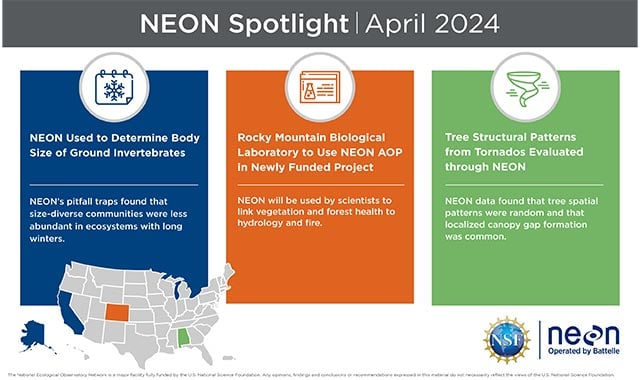Battelle Scientist Continues to Study Antarctic Blue-Green Algae from Space
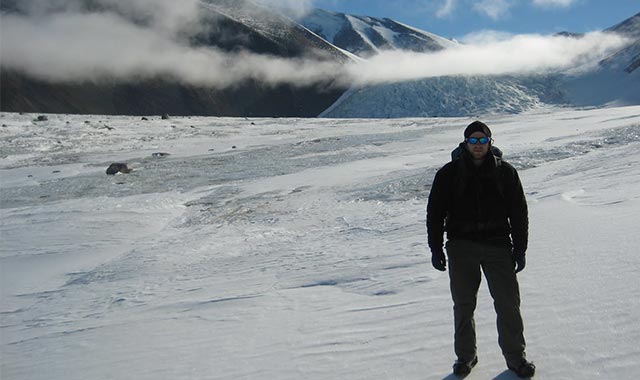
Battelle is synonymous with science. For nearly a century, we have used research and development to make society a better place. We support large scientific projects for others, making it logistically possible to do scientific research, as well as performing our own science, even at the Earth’s poles.
Eric Sokol is a Senior Ecologist at Battelle, working since 2017 at the National Ecological Observatory network that Battelle operates for the National Science Foundation (NSF). In addition to supporting other scientists in their many endeavors, Sokol serves as the Ecological Modeling Lead for important ongoing research efforts in Antarctica.
For the past several years, Sokol has been working on NSF programs to map life in parts of Antarctica from space to see if they might be a metaphorical canary in coal mine. Sokol collaborates with researchers from the McMurdo Dry Valleys Long Term Ecological Research (MCM LTER) Project, which is an interdisciplinary study of the aquatic and terrestrial ecosystems. In 1992 this area in Antarctica was selected as a study site within NSF’s Long-term Ecological Research (LTER) Program. He studies microbial mats dominated by blue-green algae—the cyanobacteria that many Americans associate with unwanted blooms in freshwater lakes.
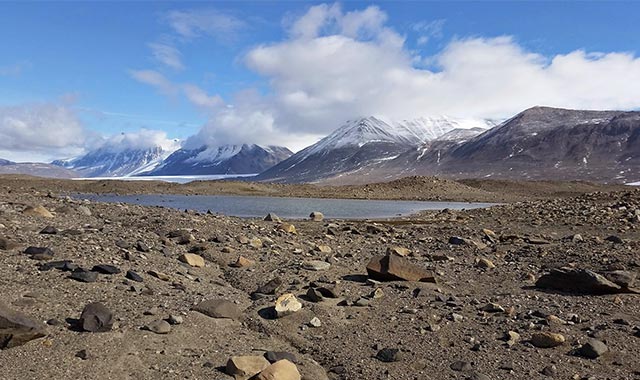
The lower Taylor Valley in the McMurdo Dry Valleys.
“Cyanobacterial mats are the base of the food chain in the Antarctic,” said Sokol. “They are the foundation of life in that terrestrial habitat. When change happens, we’ll see it in these mats.”
Most of the Antarctic is bare soil, so when these keystone species see water and begin photosynthesizing, they can be seen from space. The first NSF project, recently concluded, used advanced satellite imagery to detect the spectral signatures associated with the microbial mats. Sokol works on these projects with Mark Salvatore of Northern Arizona University, who is the lead Principal Investigator on both projects. “It’s hard to get people there to make field observations, so satellite imagery can help with the logistics because you don’t have to actually go there,” he said.
This project demonstrated these microbial mats detectable in satellite imagery. “A systemic survey using ‘boots on the ground’ can help us understand where we might have issues with our interpretation of the satellite images,” Sokol said. “Some things can look like mats from space, but they are something else.”
The current NSF project for Sokol takes the first endeavor to the next stage; creating models to understand the ecological drivers that determine how mats are distributed in the landscape. “You can’t survey all the Dry Valleys in person and you can’t do it multiple times a year to get a look at trends. Our project revolutionizes this research” Sokol said. “We are developing methods to use data from the satellite imagery in models to understand these mats and the organisms that live in them, such as diatoms.”
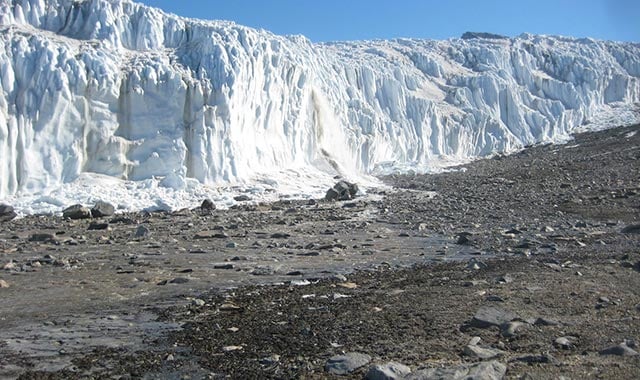 A photo of a biodiversity hot spot in the Taylor Valley.
A photo of a biodiversity hot spot in the Taylor Valley.
The second study is building species distribution models to map the landscape and identify suitable habitats for organisms of interest. That way, they can see if there is a biologically relevant amount of water for them to exist. “We can start to build forecasting models that predict links between water and mats,” Sokol said. “We’re building the model that ecological forecasters will use.”
Sokol is co-advising with Michael Gooseff at Colorado University at Boulder a postdoc who is creating the species distribution models. Khum Thapa-Magar’s long-term goal is to create projections of how the suitable habitat for primary producers in the dry valleys will change as the climate changes.
The Antarctic deserts such as the McMurdo Dry Valleys exemplify life in extreme environments with scarce water, low temperatures and long periods of darkness during the polar winter. Because they are so remote and harsh, we have to be inventive to study them. This project can take advantage of a combination of methods, from recent remote sensing products, ecological models and 30 years of field collections, to bring a prediction of how life might change in the McMurdo Dry Valleys in a warmer, and possibly, wetter future climate. This project benefits the National Science Foundation goals of expanding fundamental knowledge of Antarctic biota and the processes that sustain life in extreme environments. The knowledge acquired in this project will be disseminated to other drylands through training of high-school curricular programming in Native American communities of the Southwest.
Battelle is committed to maintaining a culture of safety and accountability that overlays all our work. We have nearly 100 years of risk management experience and strive to assemble the strongest team of people who know winning efforts include optimum outcomes in extreme environments while accounting for cost, schedule and performance. Experts such as Eric Sokol keep us on this important research path.
Related Blogs
BATTELLE UPDATES
Receive updates from Battelle for an all-access pass to the incredible work of Battelle researchers.

